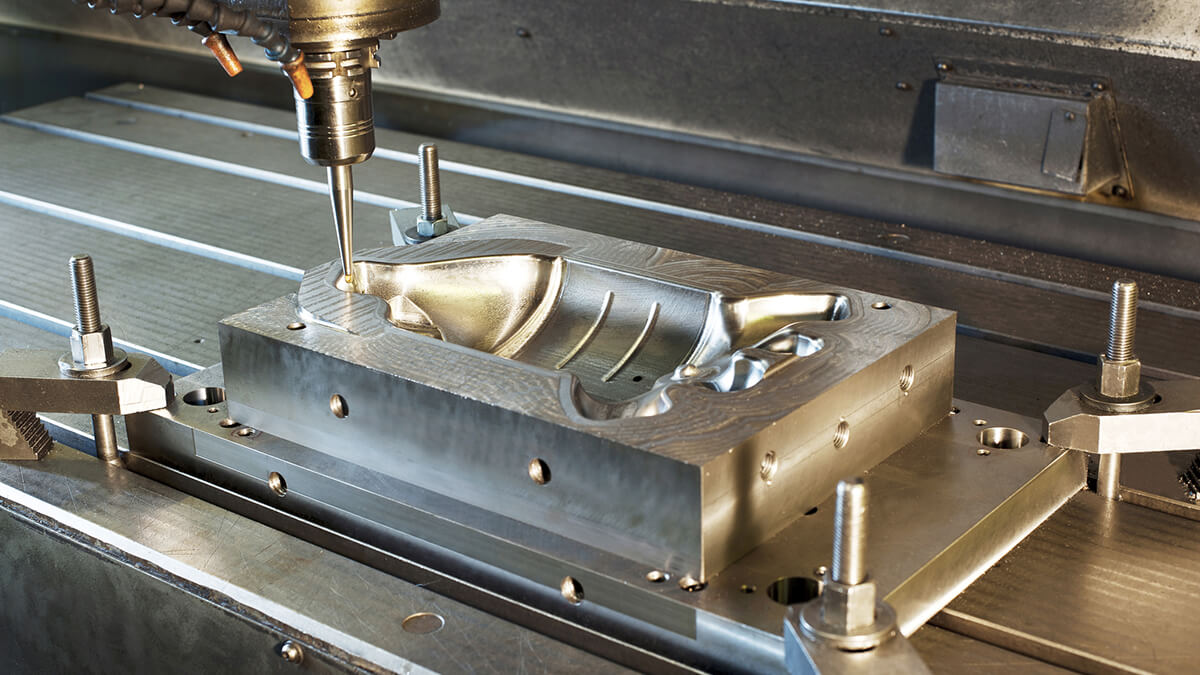In the world of manufacturing, excellence isn’t just a goal; it’s a necessity. And when it comes to A356 Aluminum Casting, ensuring quality control is paramount. Aluminum castings serve critical roles in industries like aerospace, automotive, and industrial equipment, where precision and reliability are non-negotiable. To achieve excellence in aluminum casting, stringent quality control processes are vital.
The Significance of Quality Control in Aluminum Casting
Quality control in aluminum casting is a multifaceted process that encompasses various stages of production, from design and pattern-making to the final inspection of finished castings. Its primary objectives are to:
- Ensure Consistency: Consistency is key in manufacturing. Quality control measures help maintain uniformity in the properties and dimensions of aluminum castings, reducing variations and defects.
- Meet Specifications: Aluminum castings often have stringent specifications and standards to meet, especially in industries like aerospace and automotive. Quality control ensures that these specifications are met or exceeded.
- Minimize Defects: Defects can be costly in terms of time and resources. Quality control helps identify and rectify defects early in the process, reducing waste and rework.
- Enhance Safety: In industries where aluminum castings are used in critical applications, safety is paramount. Quality control ensures that castings meet safety standards and do not pose risks to end-users.
Quality Control Throughout the Aluminum Casting Process
Quality control in aluminum casting begins long before the first pour of molten metal and continues throughout the production cycle.
1. Design and Pattern-Making
Quality control starts with the design of the casting and the creation of the pattern, which serves as a blueprint for the final part. Design engineers must ensure that the pattern accurately reflects the intended dimensions and tolerances. Any deviations can lead to casting defects.
2. Material Selection
The quality of the aluminum alloy used in casting is critical. Quality control involves verifying the material’s composition, purity, and suitability for the intended application. Alloy verification ensures the castings will have the required strength, durability, and other mechanical properties.
3. Mold and Core Production
The sand molds and cores used in aluminum casting must be carefully inspected for dimensional accuracy, surface finish, and structural integrity. Any imperfections in the molds or cores can lead to defects in the final casting.
4. Melting and Pouring
During the melting and pouring stage, temperature control is essential. Quality control measures include monitoring the melt temperature, ensuring the cleanliness of the molten metal, and preventing impurities or gas inclusions.
5. Solidification and Cooling
The rate at which the aluminum solidifies and cools can impact the casting’s microstructure and mechanical properties. Quality control involves monitoring and controlling the cooling process to avoid issues like shrinkage or cracking.
6. Inspection and Testing
Once the casting is removed from the mold, it undergoes thorough inspection and testing. This includes dimensional checks, visual inspection for surface defects, and non-destructive testing (e.g., X-ray or ultrasound) to detect internal flaws.
7. Heat Treatment
In some cases, heat treatment is required to improve the mechanical properties of the casting. Quality control ensures that the heat treatment process is performed correctly, following specified parameters.
8. Final Inspection
The final inspection involves a comprehensive evaluation of the casting to ensure it meets all specified requirements and standards. This includes verifying dimensions, surface finish, mechanical properties, and other critical characteristics.
Embracing Advanced Technologies
Advancements in technology have revolutionized quality control in aluminum casting. For instance, computer-aided design (CAD) and computer-aided manufacturing (CAM) software enable precise pattern design and CNC machining of molds. Additionally, real-time monitoring systems and sensors can provide continuous data on variables like temperature, pressure, and flow rates during casting, allowing for immediate adjustments if deviations are detected.
Conclusion
Quality control in aluminum casting is not just a necessary step; it’s the bedrock of excellence in the manufacturing process. By implementing stringent quality control measures from the earliest stages of design to the final inspection of finished castings, manufacturers can ensure that their aluminum castings meet or exceed industry standards and customer expectations. In industries where safety, reliability, and precision are paramount, quality control is not an option—it’s the key to success.
